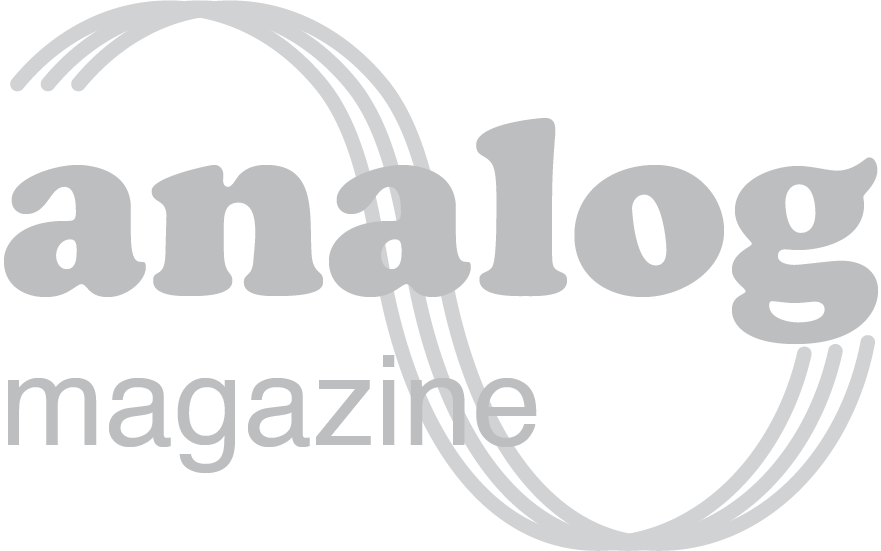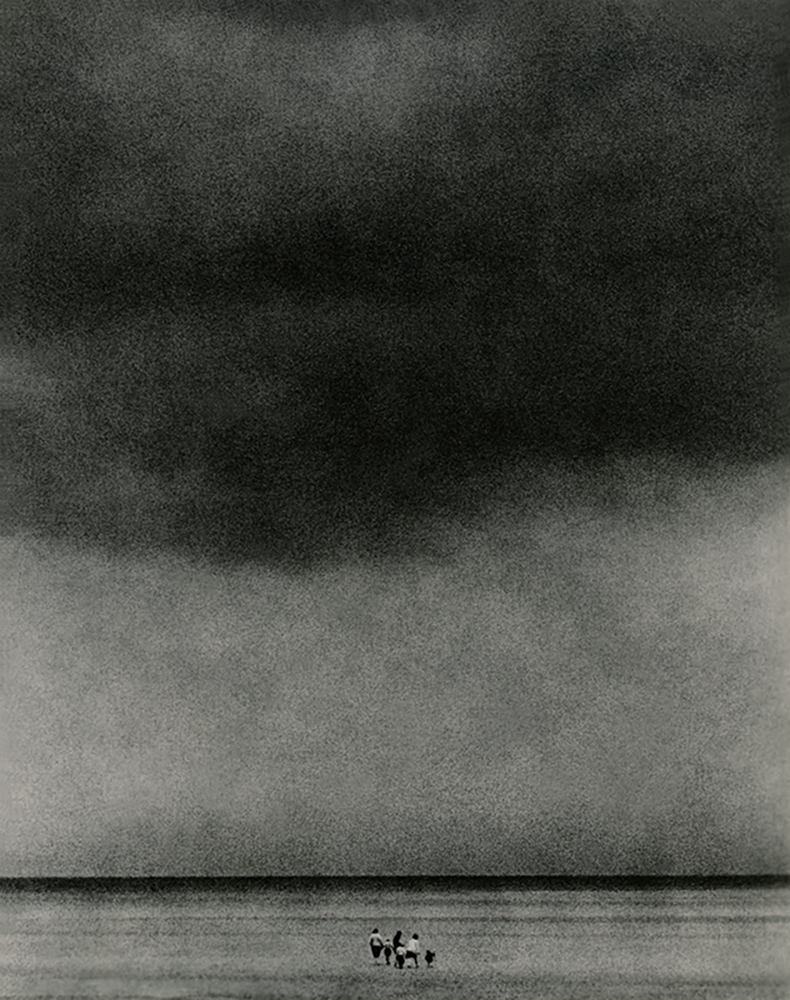
Edward Dimsdale
Mar 03, 2021
Edward is a British photographer particularly interested in the printed image. Drawn to working with paper inter-negatives and photogravure, for Edward a photograph is only completed when it is materialised and disseminated in some way, and it is precisely the printing process that gives this particular aesthetics to his images. The result of this careful attention to the printing process are minimal takes that become atemporal pictorial images which in turn remind us the origin of the medium.
First of all thank you very much for your contribution to our project. Can you please introduce yourself for us?
Thank you for inviting me!
I’m Anglo-Swiss, so my ‘Britishness’ has always included a sense of being 'otherwise' as well. I studied Geography at University, although had already been drawn to photography as medium. Subsequently, I worked in and around the photographic industry for a while, then tried to be writer, before coming back to photography. I printed up images that I imagined might have some commercial appeal, and had some limited success with design and advertising agencies, although it wasn’t until HackelBury Fine Art approached me to exhibit my photographs that I found a niche that resonated. Then I stumbled into teaching after a chance encounter on a train. I hadn’t been to art school, but I found myself in an environment that was very stimulating. I spent ten years working in the photography department at the London College of Communication (UAL), a number of years in the Fine Art department at the Cambridge School of Art, and am now Head of the Graduate School at the Cambridge School of Visual & Performing Arts (CSVPA), where we provide a number of interdisciplinary postgraduate courses across a range of art and design subjects. I love the fact that we have the freedom to innovate however we wish. Right now, professionally speaking, I couldn’t ask for very much more!
How did you start in photography?
I didn’t study photography formally, but became interested in the medium around sixteen years old, when I bought a second-hand Zenit EM, and just began taking photographs, processing the films and printing the images in a number of makeshift darkrooms. So, I was largely self-taught at the outset. Ultimately, I learnt a great deal from working for a number of photographers, such as Max and Nitin Vadukul, as well as Robin Broadbent – again, mostly in their darkrooms. I also spent a number of years working part-time in the bookshop of the Photographers’ Gallery in London, which was another foundational experience.
What inspires your work?
The desire to take a photograph, and then to make a print from the resulting negative. In terms of subject matter, it could be anything, although certain images do seem to insist themselves. Having a camera loaded with film, ready to hand, definitely helps! Cameras themselves DO matter - pay no attention to anyone who claims that apparatuses are not fundamental considerations, whatever form they take! Printing methods matter to me. Over time, I have been particularly drawn to working with paper inter-negatives as well as photogravure. I don’t much care about photographic images until they become prints; or, at least, until they are materialised and disseminated in some way. I appreciate that point at which photographs begin to make their own way in the world.
We can notice that you work preferably with high-contrast images, what attracts you about this?
It’s a good question, although I wouldn’t necessarily agree that ‘high-contrast’ is always the right description, although that can certainly be the case. Maybe printing in this way is a form ‘stress-testing’ the subject matter of any image, applying pressure to the visual composition – and if the image doesn’t stand the test, then it fails a form of tacit ‘quality control’? More generally, I would say that the printing methods I tend to employ reduce the effective tonal range; it is this aspect that largely determines what might be termed the ‘aesthetic regime’ of most of my work. It would no doubt take many years of expensive therapy to get to the bottom of this! Perhaps I’m suggesting this because I fear the actual answer is banal. What I do appreciate is being able to bring very disparate images together in such a way as they might seem to belong – to inhere – together, and that is largely a function of a kind of aesthetic isomorphism that the printing methods facilitate. Perhaps the most honest answer to the question would be that such an approach corresponds with something like an intuition which the prints attempt to conjure.
Who are your favourite photographers / artists?
Nicephore Niepce; Alvin Langdon Coburn; Robert Frank; Josef Koudelka; Daido Moriyama; more recently, Justyna Kumanowska; as well as many students I’ve worked with over the years, who have taught me considerably more than I ever managed to teach them.
What is your favourite movie?
‘Persona’ (1966) – directed by Ingmar Bergman.
This question was too hard. Very unfair. You should be ashamed of yourselves! ; )
What is your favourite photo book?
I love photo books, and am fortunate to have a decent collection of some inspirational works by some extraordinary artists. However, if I had to choose to save only one from a burning house, it would be ‘Bye, Bye, Photography, Dear’, by Daido Moriyama. The copy I have is not even a first edition, but a later facsimile. Nevertheless, I regard it as the high-water mark of photographic publishing, and I would flee the house, clutching it tightly, even though rarer and more expensive photo books were tragically lost to the flames.
Thank you very much for your time and contribution to analog magazine.
It’s a pleasure to be part of this project, and an honour to be featured alongside the other photographers on analog magazine.
All images © Edward Dimsdale















